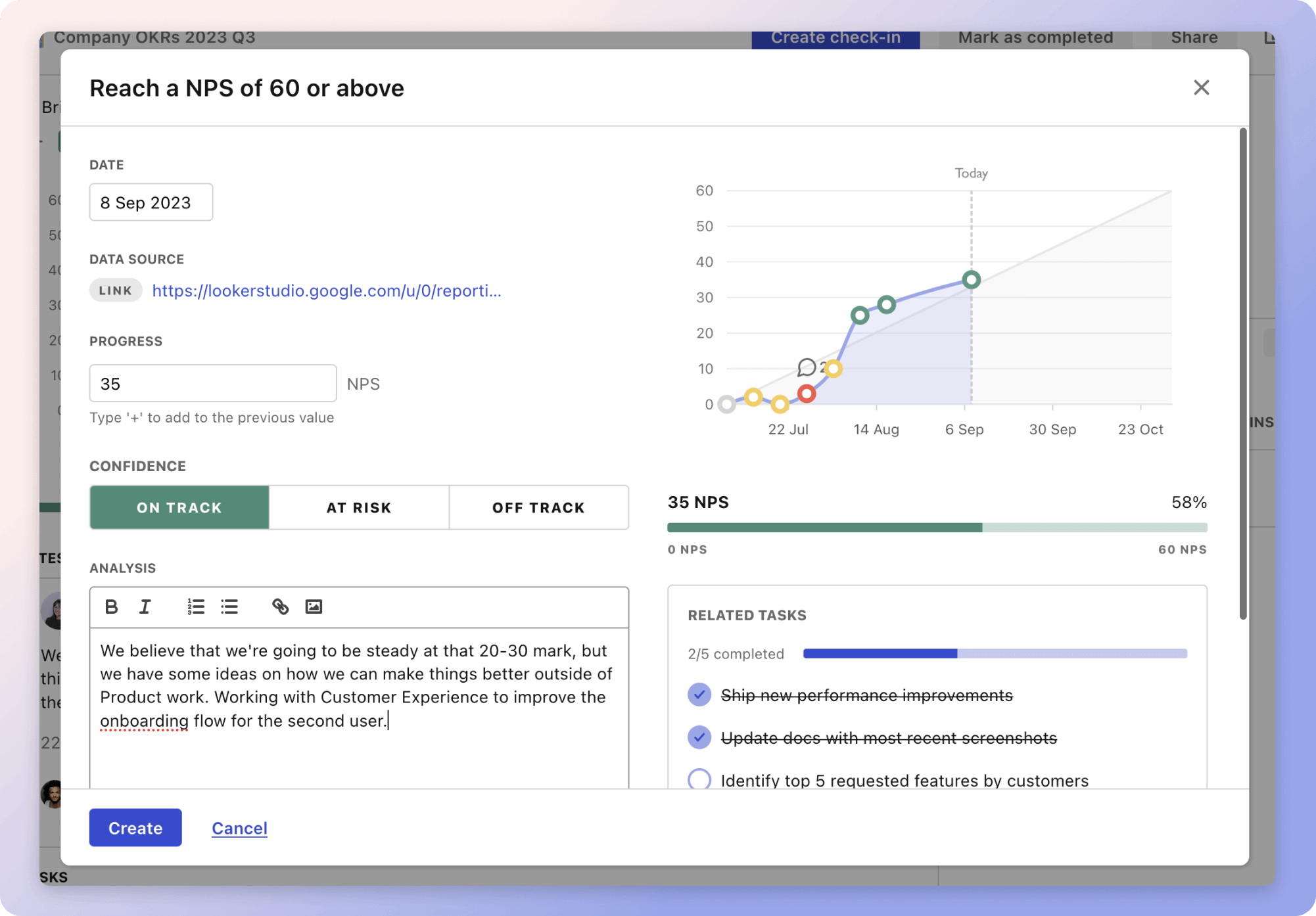The strategy focuses on monitoring and forecasting sales and KPIs by setting clear metrics, analyzing them regularly, and preparing accurate forecasts. The first step is to set clear and measurable KPIs, such as sales volume, conversion rate, and customer reviews. For example, businesses can use tools like Amazon Seller Central and Noon analytics to track KPIs and adjust them according to market trends.
Regular analyses and adjustments are vital for identifying top-performing products and those needing optimization. For instance, analyzing weekly results can help businesses determine which ads require better targeting or promotional support to enhance conversions.
Utilizing forecasting for proactive planning involves using historical sales data to predict future trends. By considering seasonal fluctuations and special events, businesses can allocate marketing budgets accordingly and plan inventory to prevent stock-outs. Sharing forecast data with stakeholders aids in coordinated planning, ensuring everyone is aligned with the sales objectives.
The strategies
⛳️ Strategy 1: Set clear and measurable KPIs
- Identify relevant KPIs such as sales volume, conversion rate, CTR, ACoS, ROAS, average order value, and customer reviews
- Customise KPIs to fit each marketplace including Amazon and Noon
- Set realistic targets for each KPI to measure progress and success
- Ensure KPIs are aligned with overall business goals and objectives
- Regularly update and review KPIs based on market trends and business changes
- Communicate KPI expectations clearly to all relevant team members
- Utilise tools like Amazon Seller Central, Noon analytics, and Google Analytics to track KPIs
- Create a dashboard in Excel or Google Sheets for real-time KPI tracking
- Schedule regular reviews to adjust KPIs as needed
- Involve key stakeholders in KPI review meetings for accountability
⛳️ Strategy 2: Perform regular analyses and adjustments
- Conduct weekly analyses to identify top-performing products and campaigns
- Identify products or campaigns that require optimisation or promotional support
- Analyse listings for products with high clicks but low conversions
- Investigate pricing, content, and ad targeting for underperforming ads
- Perform monthly deep dives into marketplace trends and updates
- Assess customer feedback and reviews for insight on product performance
- Evaluate competition and market conditions to adjust strategies
- Adjust marketing strategies based on weekly and monthly findings
- Create action plans for improvements following each analysis
- Report findings and adjustments to the team regularly for transparency
⛳️ Strategy 3: Utilise forecasting for proactive planning
- Compile historical sales data to identify trends and patterns
- Analyse seasonal sales fluctuations to inform forecasts
- Consider upcoming campaign schedules in sales projections
- Account for special events like Saudi National Day in demand forecasting
- Use forecasting data to plan inventory levels and prevent stock-outs
- Allocate marketing budgets based on predicted sales forecasts
- Prepare promotional plans in advance based on demand forecasts
- Review and update forecasts regularly to ensure accuracy
- Monitor external factors such as economic changes that affect forecasts
- Share forecast data with stakeholders for coordinated planning
Bringing accountability to your strategy
It's one thing to have a plan, it's another to stick to it. We hope that the examples above will help you get started with your own strategy, but we also know that it's easy to get lost in the day-to-day effort.
That's why we built Tability: to help you track your progress, keep your team aligned, and make sure you're always moving in the right direction.

Give it a try and see how it can help you bring accountability to your strategy.
